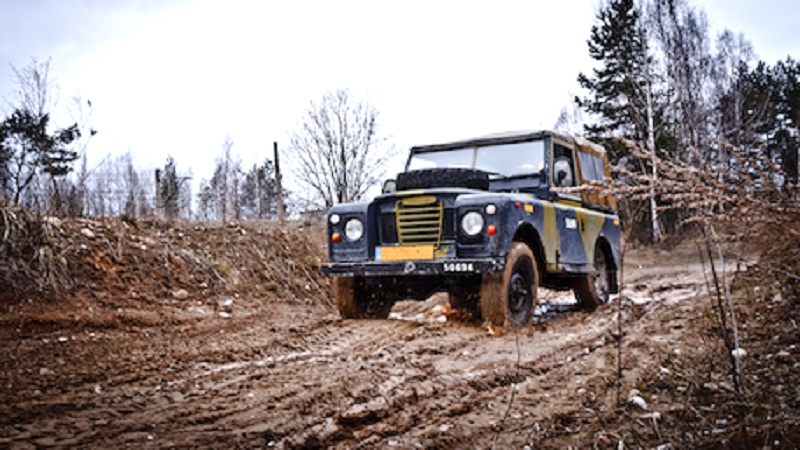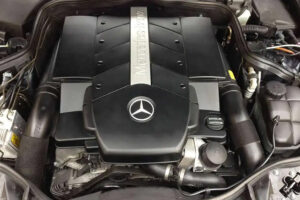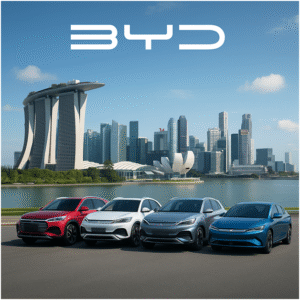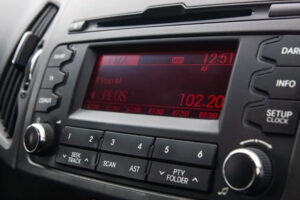The History of Land Rover

Did you know that, in 1951, King George VI gave a Royal Warrant to the iconic Land Rover? Essentially, this means that the manufacturer is able to supply the royal family and all those associated with the family with products. Throughout time, the Land Rover has been typically British. But where did it all begin? How did they become the well-known name we all know and love today?
Back in 1947, the Jeep chassis and components were used to design the very first Land Rover. In the very next year, the brand and first model launched. Thanks to their appearance at the Amsterdam Motor Show, we can see the very moment the Series I Land Rover was brought to the market. Rather than a simple road car, it was actually designed with heavy influence from the military. We’ve grown accustomed to the green color of traditional Land Rover models, and the company used surplus cockpit paint from aircraft. In the early years, it was either light green or nothing for consumers.
For ten years, the name grew, and the designers worked on the Series II. Eventually, this came in 1958. In fact, the designers became pioneers because they used the 2.25-liter petrol engine for the first time. At a similar time, they were trying to help drivers take advantage of a loophole in the UK tax laws. Since purchase tax wasn’t applied to vehicles with more than 12 seats, they released the 109-inch Series II Station Wagon. Suddenly, drivers saved money, and they could even drive through bus lanes because the 12-seater was considered a bus.
Becoming Land Rover
At launch, the Rover Company developed the Land Rover. Soon enough, it formed part of the Rover-Triumph division under the British Leyland Motor Corporation. In 1978, they were still under this corporation but were actually registered as their own company for the first time. During the 1970s, the Range Rover and Land Rover models were incredibly popular in the UK. When British Leyland ultimately failed and privatized, the Land Rover stayed in the Rover Group but with the British Aerospace as owners.
What about today? Well, the changes in ownership have been wide and varied. Land Rover was still considered its own company in 1994, but the Rover Group was bought out by BMW. Six years later, the Ford Motor Company bought Land Rover after BMW broke up the Rover Group. It didn’t end there; Tata Motors bought both Jaguar and Land Rover in 2008. Because of this, there have been parts from both BMW and Ford introduced into various models of the Land Rover. If you choose to own a modern Land Rover, you will want to make sure you have an auto repair specialist that is familiar with European cars like BMW and Jaguar. Having a mechanic available if you experience mechanical issues in the engine. This year, in 2019, this is the final year of the original contract that allowed Tata to use Ford engines in all Land Rover models.
The Launch of the Freelander
How can we talk about the history of the Land Rover without mentioning the Freelander? Launched in 1997, this is a more compact variation of the Land Rover, and it’s another model that received much attention almost immediately. Despite enjoying success, Land Rover completed several market research sessions and learned that there could be a gap in the compact SUV market.
With the strict budget of the Rover Group, they needed a partner. After getting rejected by Honda, they almost went it alone before the BMW acquisition in 1994. From here, they had funding, and the rest is history. Right across Europe, it was the best-selling 4WD model right up until 2002.
The Future
Over the years, Land Rover has continued to innovate, and this led to the LRX Hybrid and All-Terrain Electric Defender concepts. With a strong history behind them, we’re sure Land Rover will enjoy success well into the future!




